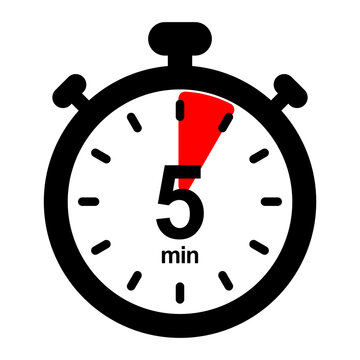Mindfulness – Let Us Begin
Many of us equate mindfulness with  meditation as we have seen or heard of in the practices of Buddhism and Hinduism, which you may picture as something like the picture to the right. While this is one way or practicing mindfulness, it is not the only way, and it is not all that mindfulness truly is. As such, it is important that we start with a working definition of mindfulness.
meditation as we have seen or heard of in the practices of Buddhism and Hinduism, which you may picture as something like the picture to the right. While this is one way or practicing mindfulness, it is not the only way, and it is not all that mindfulness truly is. As such, it is important that we start with a working definition of mindfulness.
For our purposes, we will use the definition presented by the American Psychological Association, “Mindfulness is awareness of one’s internal states and surroundings.” Let’s brake this down a bit further.
We will begin with awareness. Awareness incorporates the knowledge of something and the perception of where that something exists. For example, we are aware that the Sun is approximately 93 million miles away from Earth. So how does this apply to mindfulness? Mindfulness is an awareness of self, that being physically, mentally, emotionally, and spiritually (our internal states). While we may be aware of parts of each of these on a daily basis, not many of us are so thoroughly practices in mindfulness that we are able to maintain awareness of all of them, in each moment. Add to this the definition’s statement of “awareness of one’s … surroundings” and we find ourselves in an overwhelming pile of information.
This is where mindfulness practice comes in.
In our day-to-day, mindfulness practice begins with the most basic of functions: our breathing. It is our breathing, and our awareness of and attention to it, that serves as the first stone on our path to greater Mindfulness. The late Thich Nhat Hanh, a Vietnamese Buddhist monk, teacher, and writer, is quoted to have said, “Feelings come and go like clouds in a windy sky. Conscious breathing is my anchor.” That last sentence in the quote is where we begin. Not just in breathing, but in bringing our conscious mind, our focus, to our breathing.
So let us practice this for a moment. 1) Close your eyes. 2) Place your hand over your belly. 3) Take a deep breath in. 4) Do this for about fifteen seconds, trying to maintain your focus just on the rise and fall of your belly as you inhale and exhale. 5) When you feel that approximately fifteen seconds have passed, open your eyes. You may even count your breaths (to 15) rather than focus on the time. Either way, your breathing is more important than a timer.
After you have done this practice, how do you feel? In that fifteen seconds, did you feel your mind wonder to other things? Did you forget to count your breaths? Did you feel yourself doze off a little?
All of these are perfectly natural, but I want to focus on the first question: how do you feel?
You see, mindfulness is a tool. Yes, it can be a way of life, and for many, with practice, it has become just that. The same can be true for each of us, with practice, but for our purposes, I would like you to think of mindfulness as a tool for helping you cope with stress. But how can a focus on our breathing help us to cope with or manage our stress? Think back to my question in the last paragraph: How do you feel? How did you feel after just that fifteen breaths or fifteen seconds of deep breathing? I’m willing to bet that you felt a little less stressed than before the practice.
So how can we take this a step further and begin on the path to a deeper level of practice? “The journey of a thousand miles begins with one step” (Chinese proverb).
That first step? Continue the focus on your breathing.
Now this does not require you to sit in a Lotus position or have chants playing in the background or any other such misconstruction. Rather, this is just taking time to spend “with your breathing.”
Try this. Each day for the next week, give yourself five minutes per day (it may be a good idea to put this in your calendar) to just take the time and focus on breathing. Here are a few steps you might follow:
 Find a quiet spot
Find a quiet spot- Have a seat
- Place your hand on your belly and close your eyes
- (optional) Use your phone timer and set it for five minutes
- Focus on the rise and fall of your belly as you inhale and exhale
That’s the wonderful thing about mindfulness: the simplicity of the first steps.
“But what if I get distracted in that five minutes?” Simply put, then you get distracted. Tomorrow is a new day and a new chance to try again. For that matter, later in the day is a new chance to try again.
“What if I want to go longer than five minutes?” Awesome! Go for it. The timing really is up to you. I suggest five minutes because, for beginners, that can seem like an eternity.
“Do I have to do this alone?” Nope! If this is something that a friend wants to try with you, the more the merrier. Just make sure that you have the same goal so that you do not distract each other. Our minds distract us enough.
“What do I do with my hands?” Put them in a place that is comfortable. This may be in your lap, on your knees, on the ground or chair beside you. It truly is up to what is most comfortable for you. Again, we want this to be a time where the focus is just on your breathing.
At the end of your practice, as yourself these question:
How do I feel?
Am I less stressed?
Am I more focused?
“Is it really that simple?” It really is that easy to begin.
The next steps and the next posts will give you more steps to guide your practice and to help manage your stress. Keep checking back, and always ask questions if something does not make sense.




